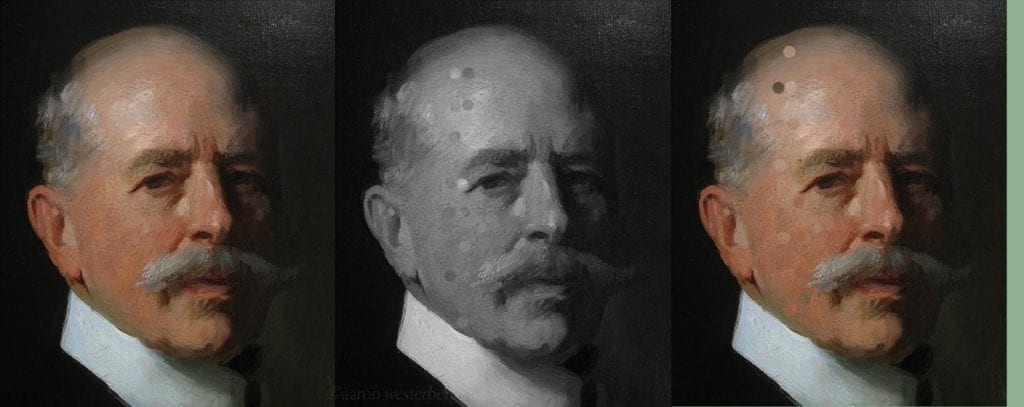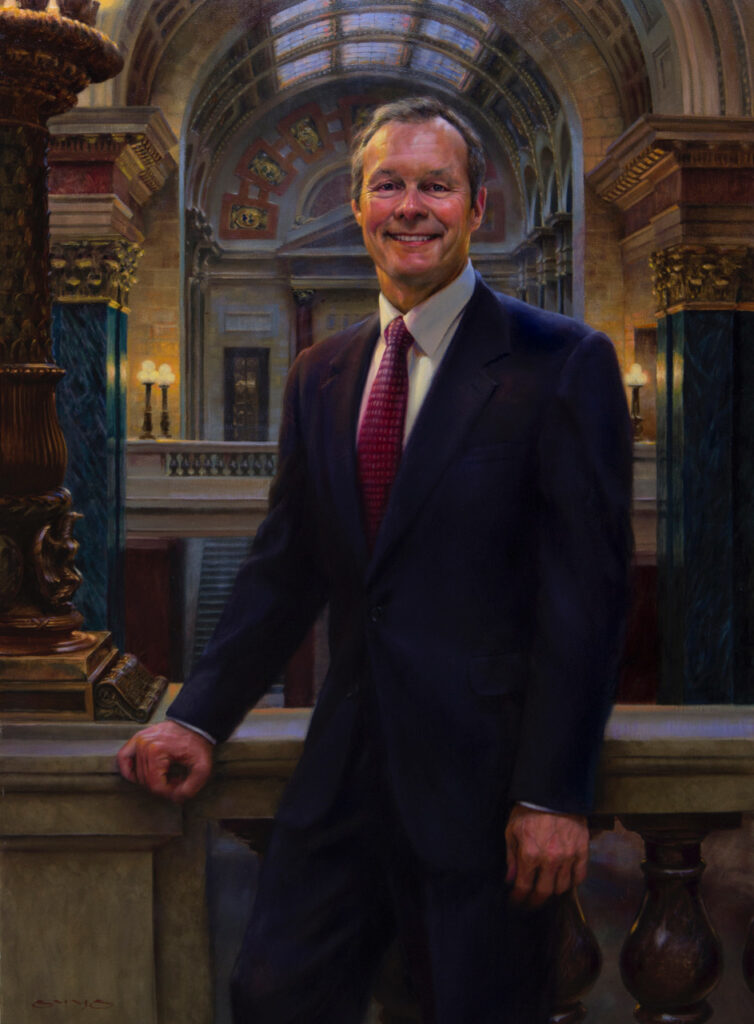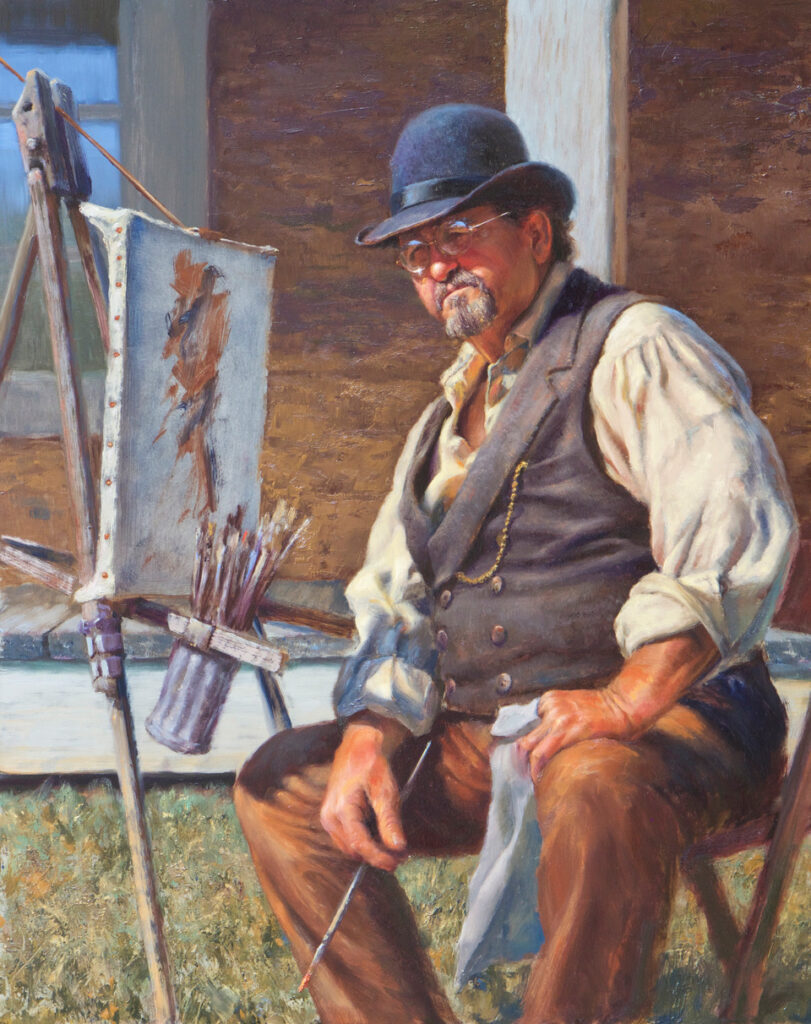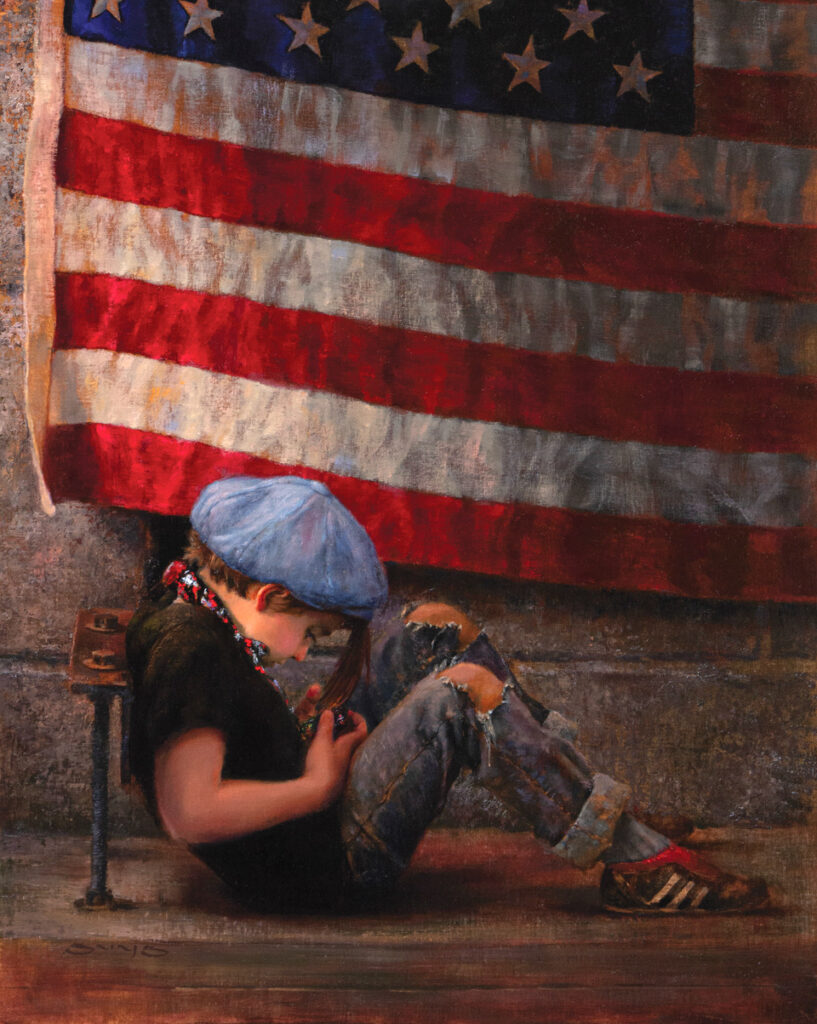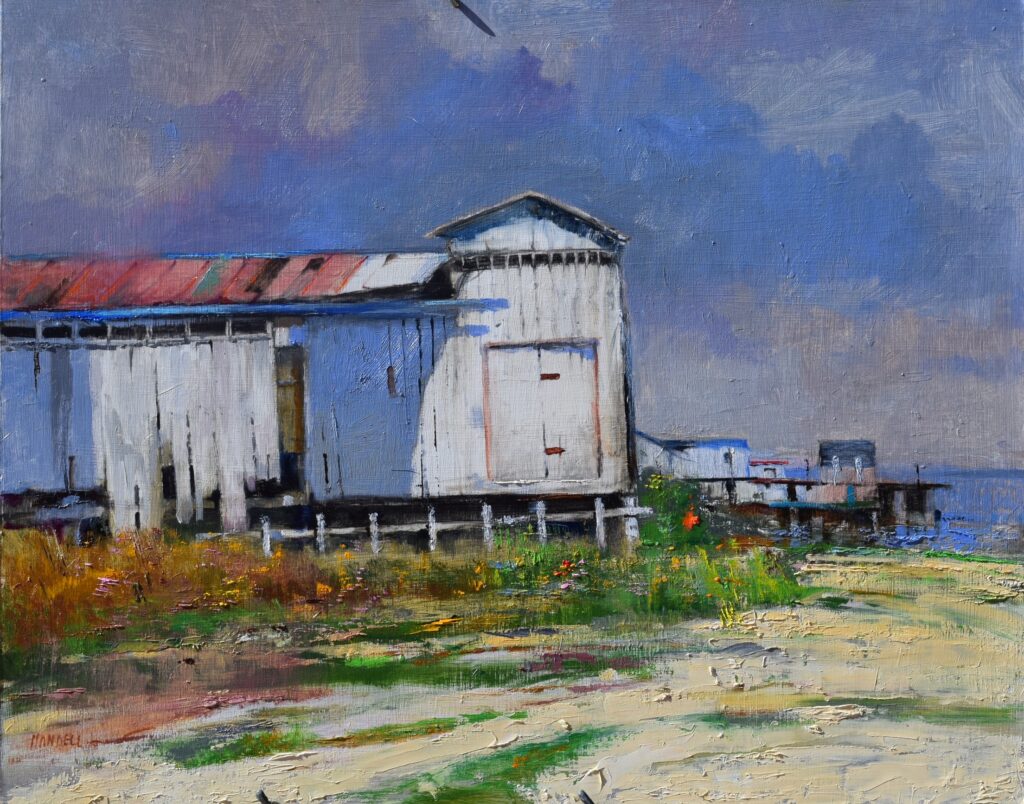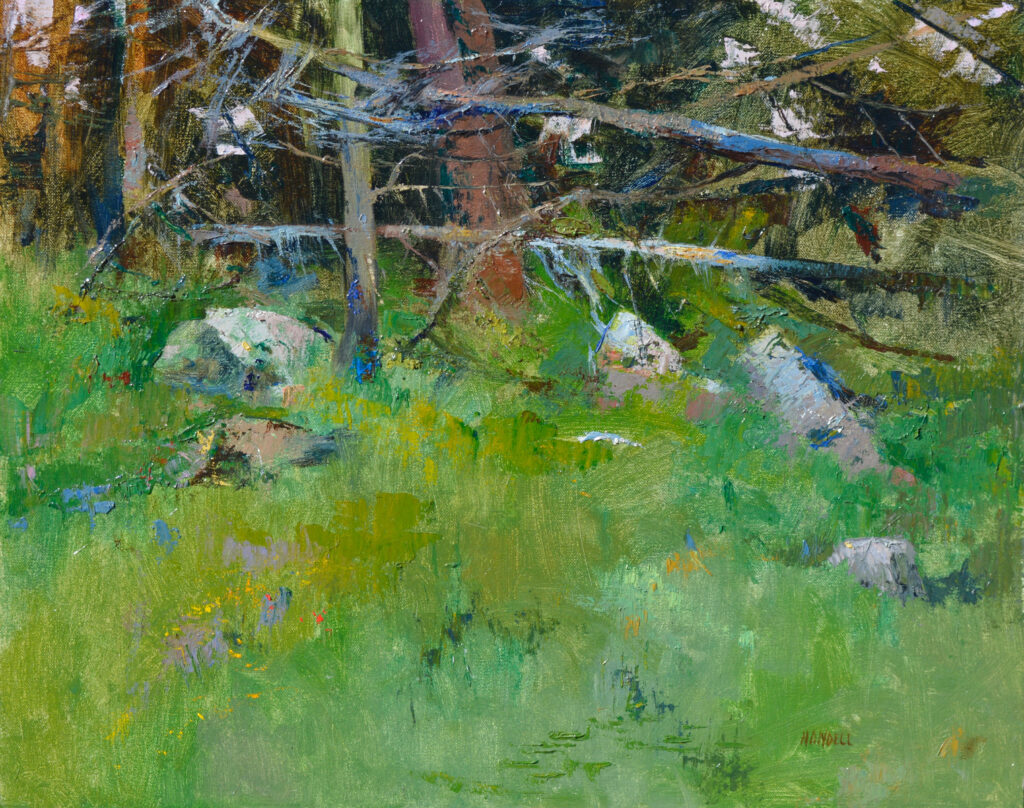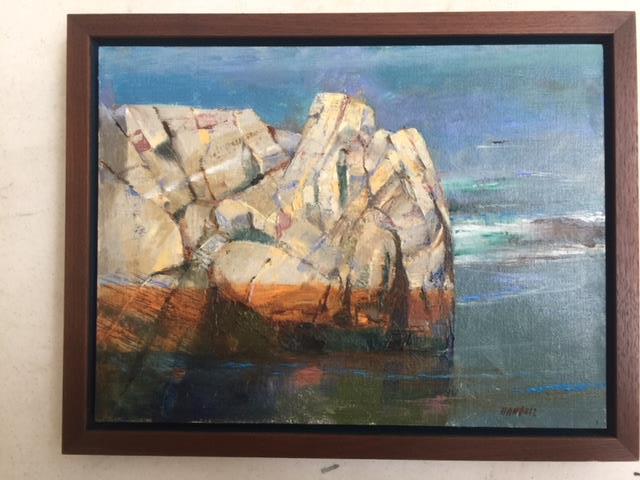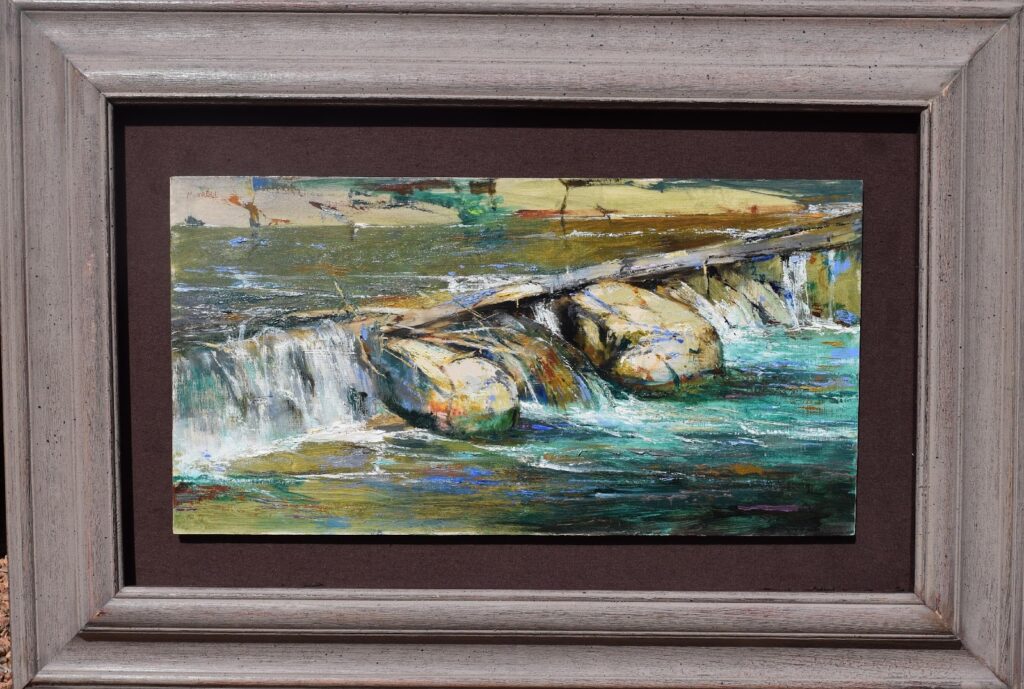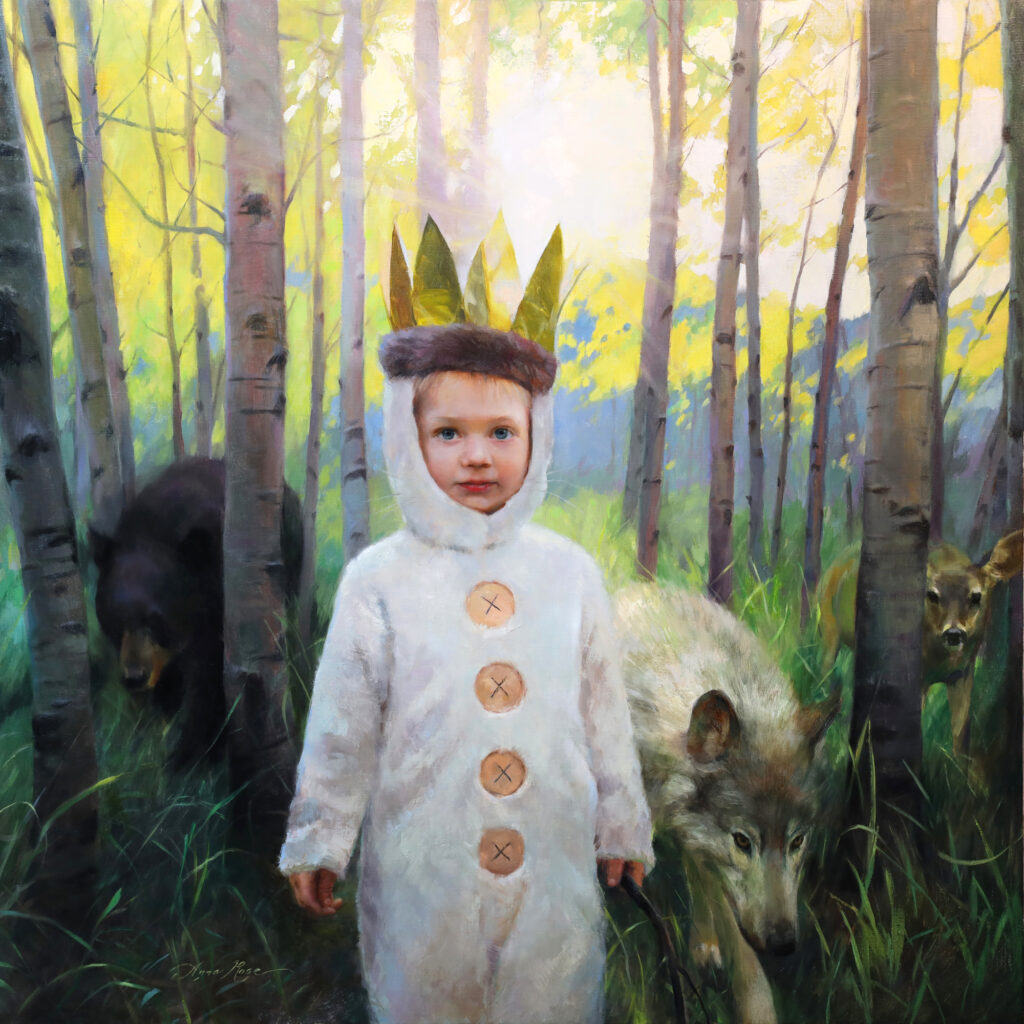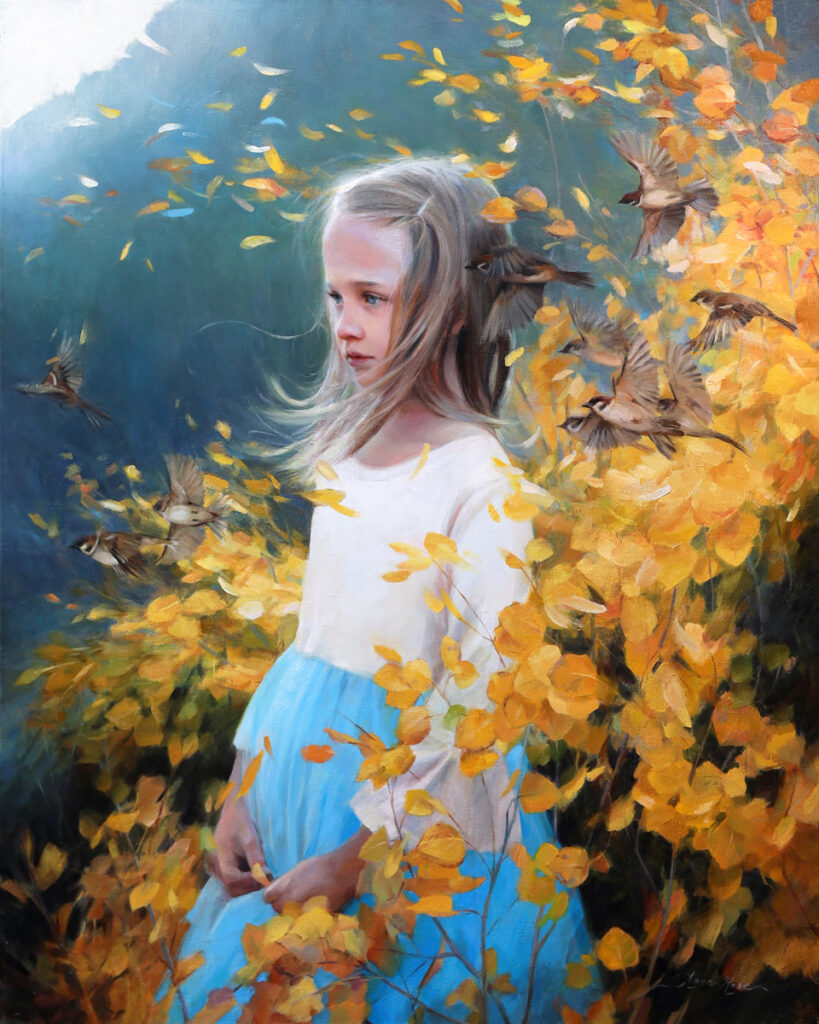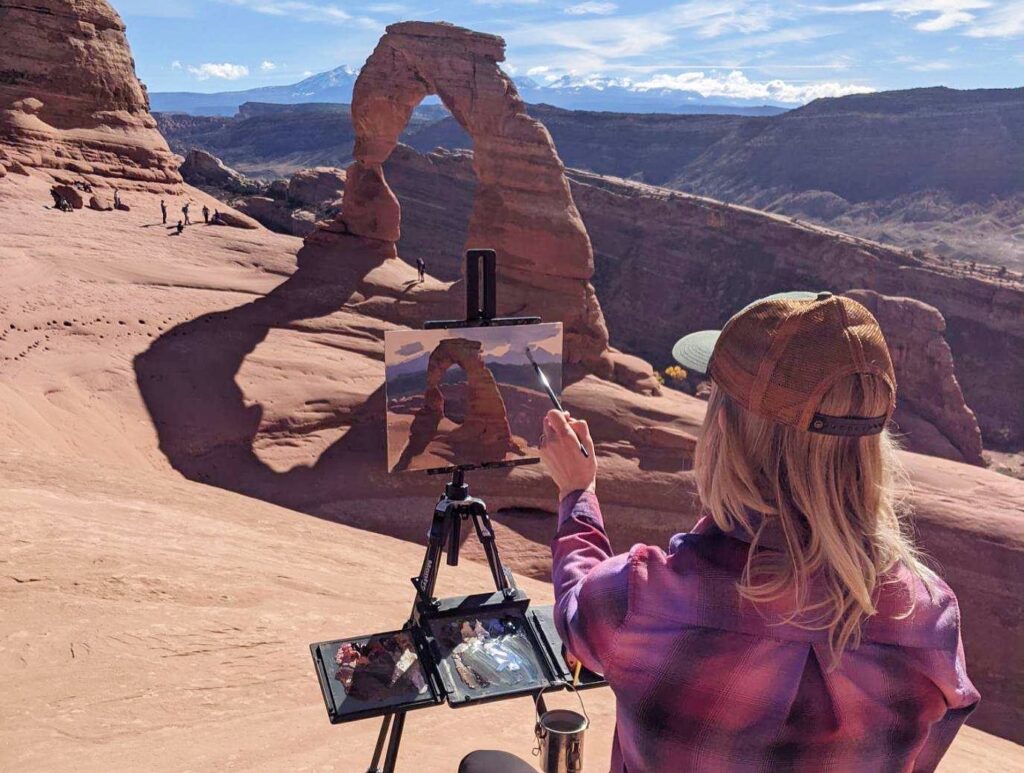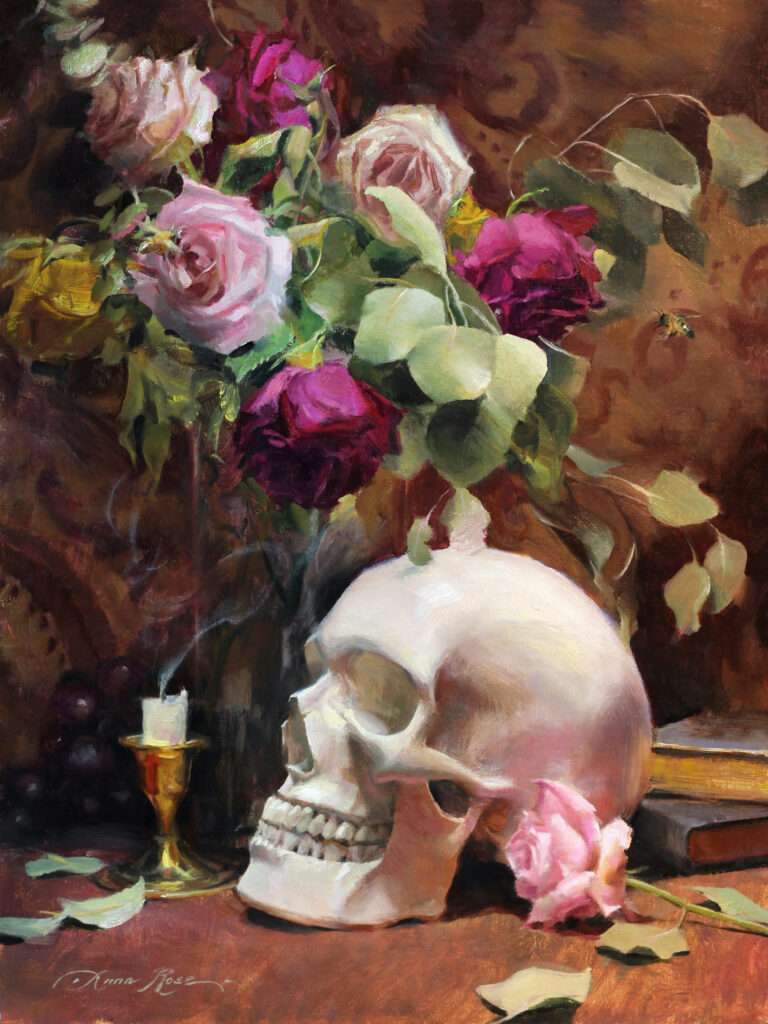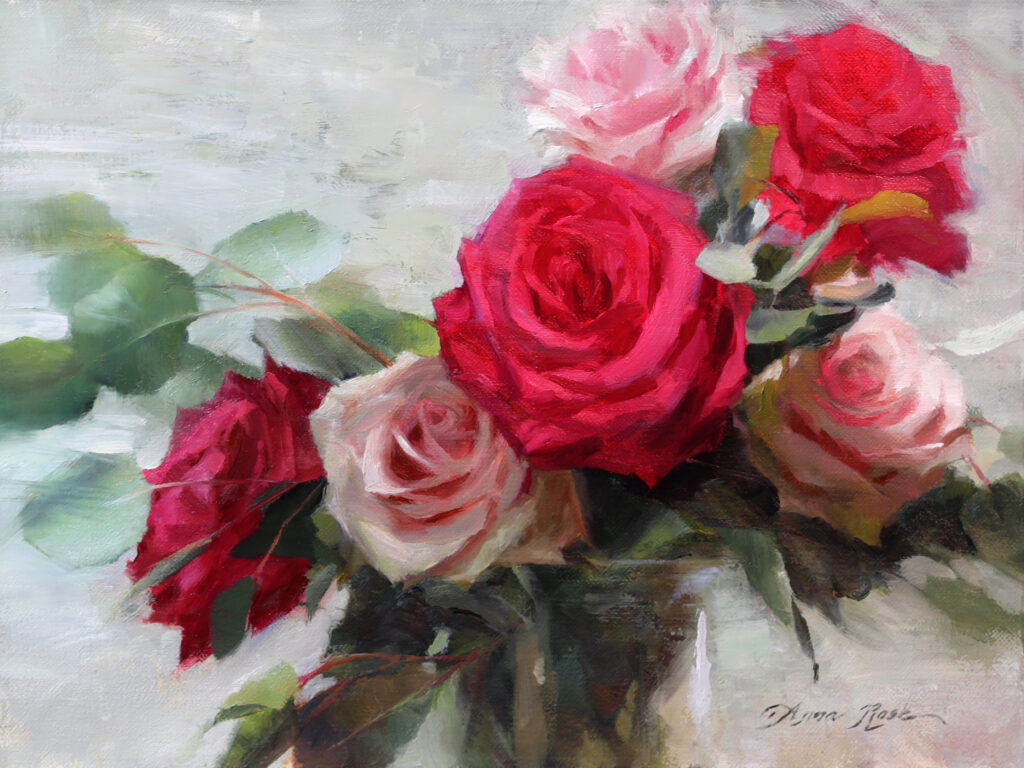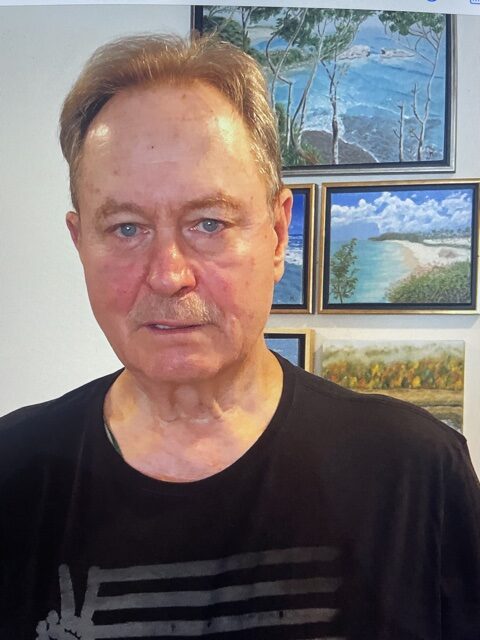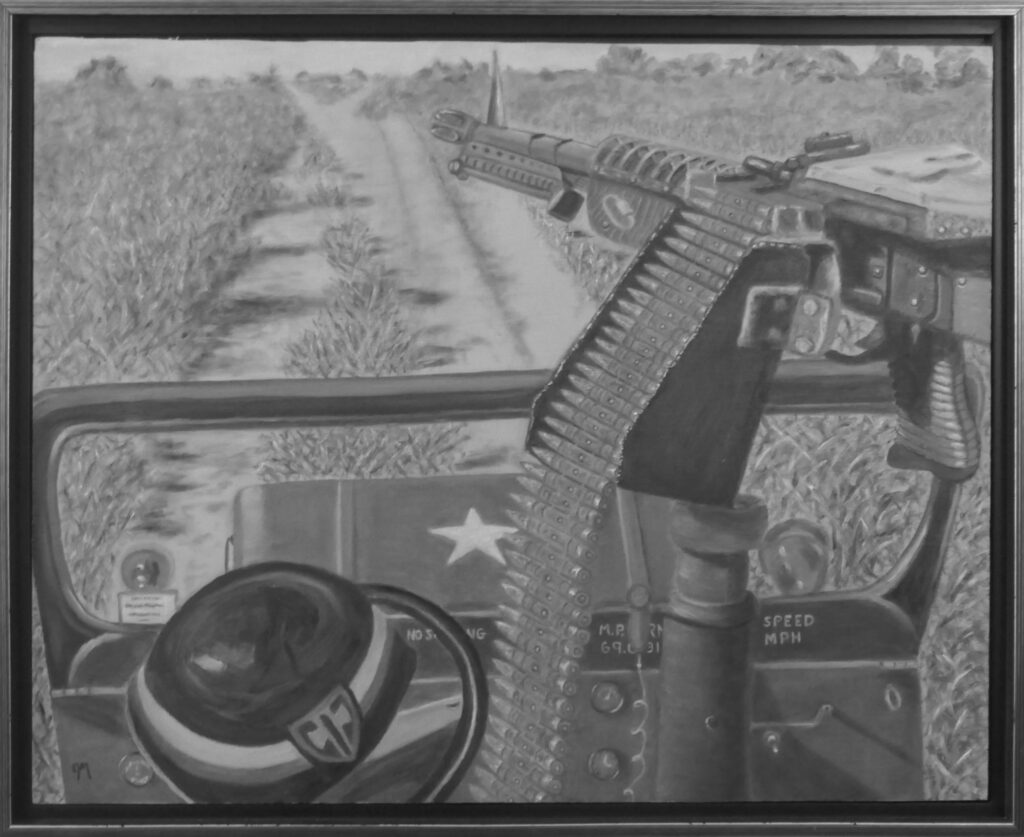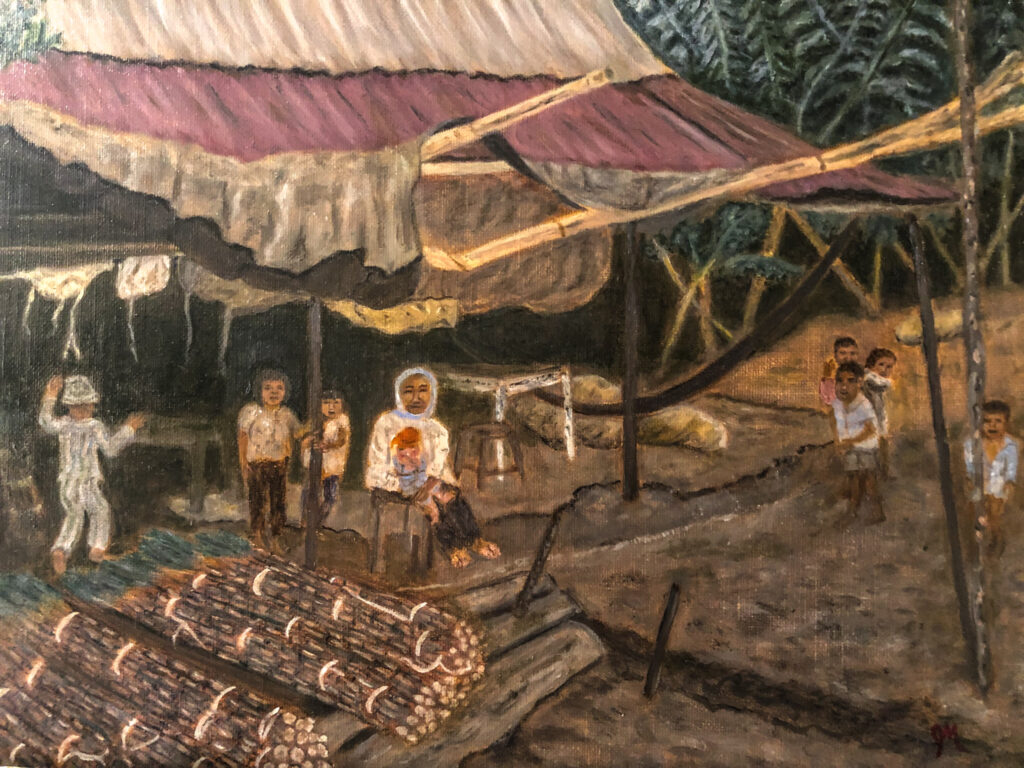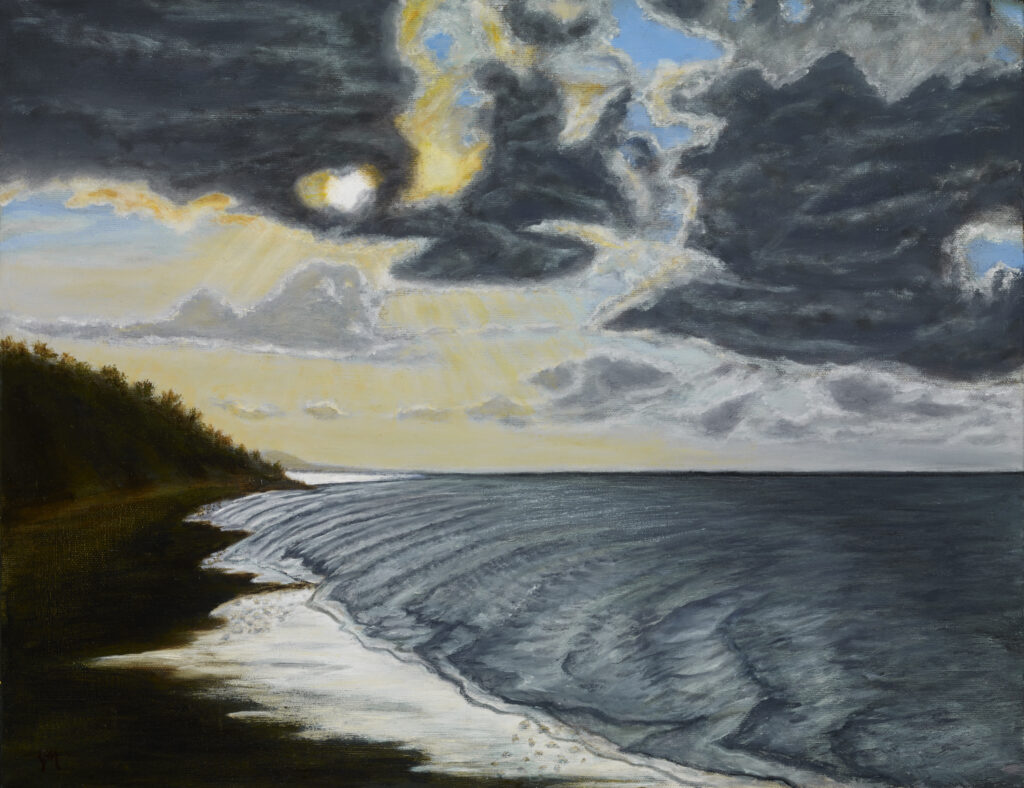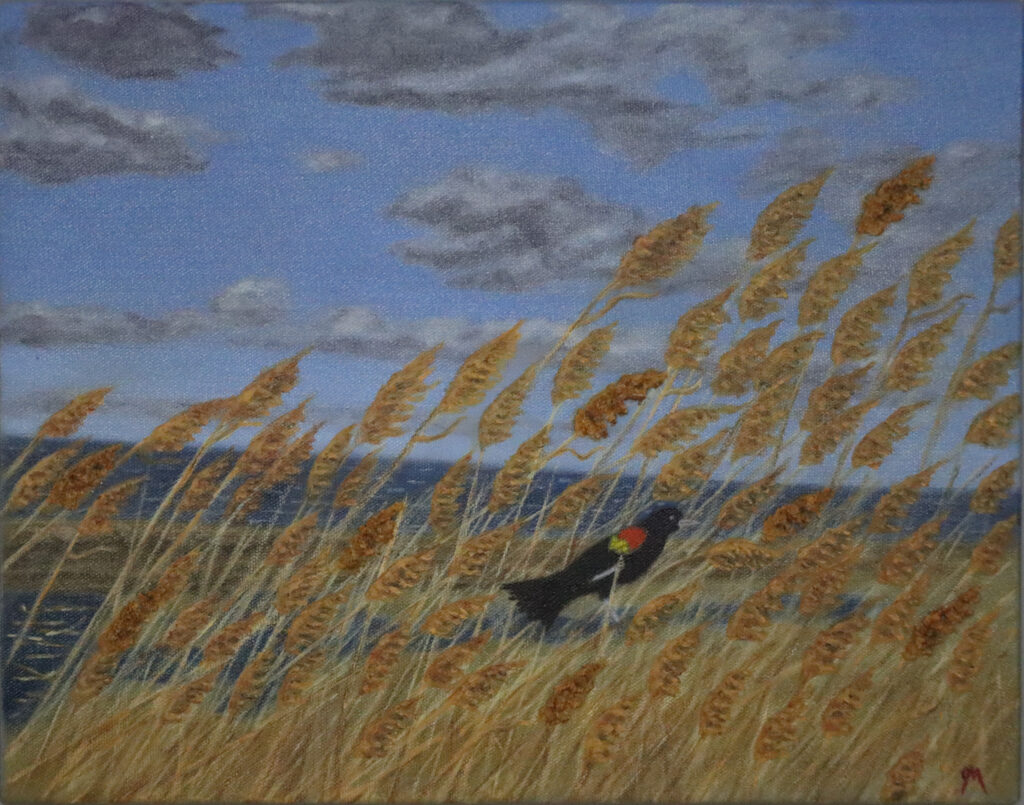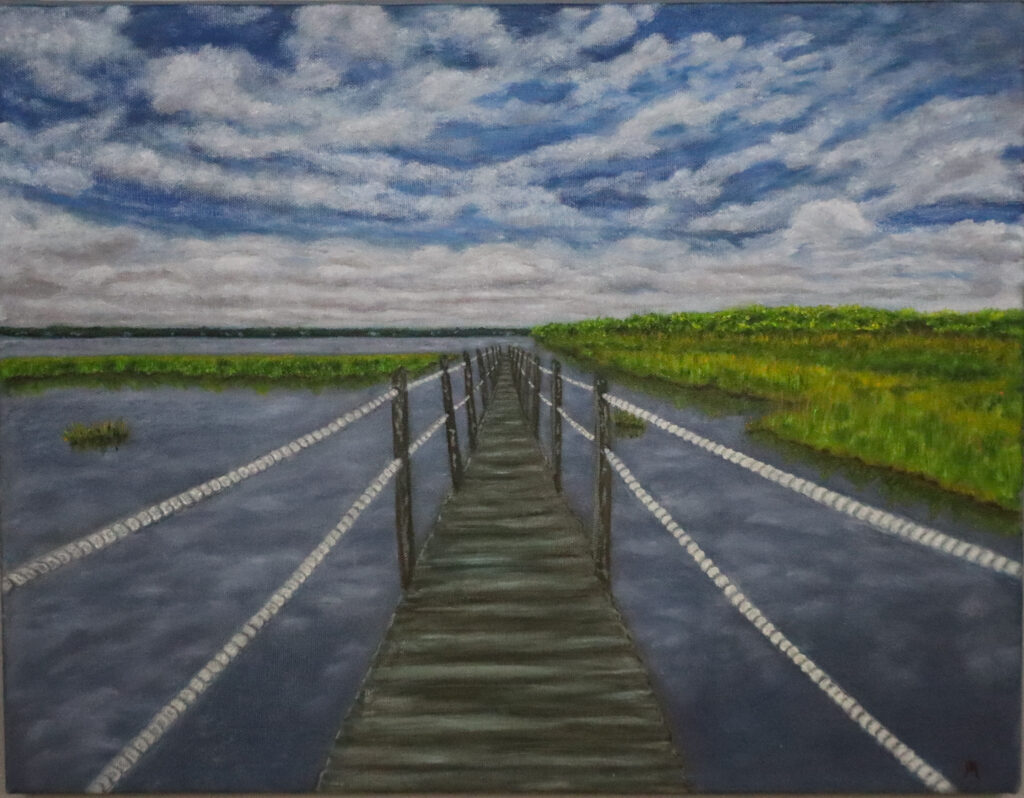Did you know that OPA has been sharing artists’ blog posts for over ten years? We have an extensive collection available to the public on our website. OPA will be taking Deep Dives into our archives and sharing our favorite posts from years past. Please enjoy this Deep Dive by Ann Kraft Walker OPA from 2015.
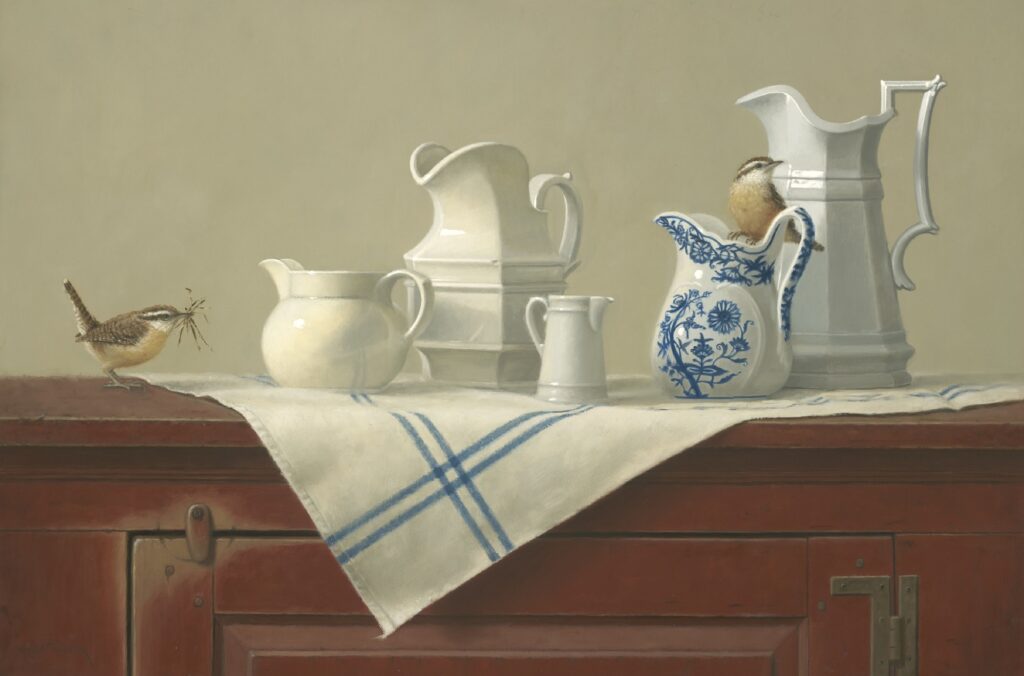
20″ × 30″ – Oil on Panel
Bittersweet — you know, life is just that way. This post could be titled “the glass is half full,” or “two sides to the coin,” expressions that are trite but true. It’s about perspective, choices, focus and discipline.
As artists, we need to learn more than the multifaceted, seemingly infinite aspects of creating our craft. That’s the sweet side of the coin: pure passionate sweetness in pouring our hearts into developing this gift of talent. Then there’s what I’ll call the bitter side. We need to learn the art of juggling the demands of the business: planning, purchasing supplies, workshops, conferences, open studios, commissions, DEADLINES, websites, competitions, shows, DEADLINES, galleries, Facebook, Twitter, Instagram, framing, crating, shipping, DEADLINES, newsletters (I don’t even have one yet), recordkeeping, studio maintenance…the list is never ending.
These two sides of the coin, the sweet side of creating, and the bitter side of business must co-exist. Sweet artistic creativity can be strangled by endless to-dos, but without the bitter business side, few artists could sustain a career. What I’m hoping to learn is the balance between the two–how to manage the tension each exerts on the other. I’m writing about this not because I’ve mastered it, but because I struggle with it. The thoughts in this post are personal, from my singular point of view. It may be that many of you enjoy the business side. (Seriously?!)
I find the clutter of life can be overwhelming, draining and distracting from the passionate pursuit of excellent art. When the to-do list is huge, and the time frame is small, stress mounts, abundance is crushed, and the result can be a toxic cocktail, poisoning our creativity and our wellbeing.
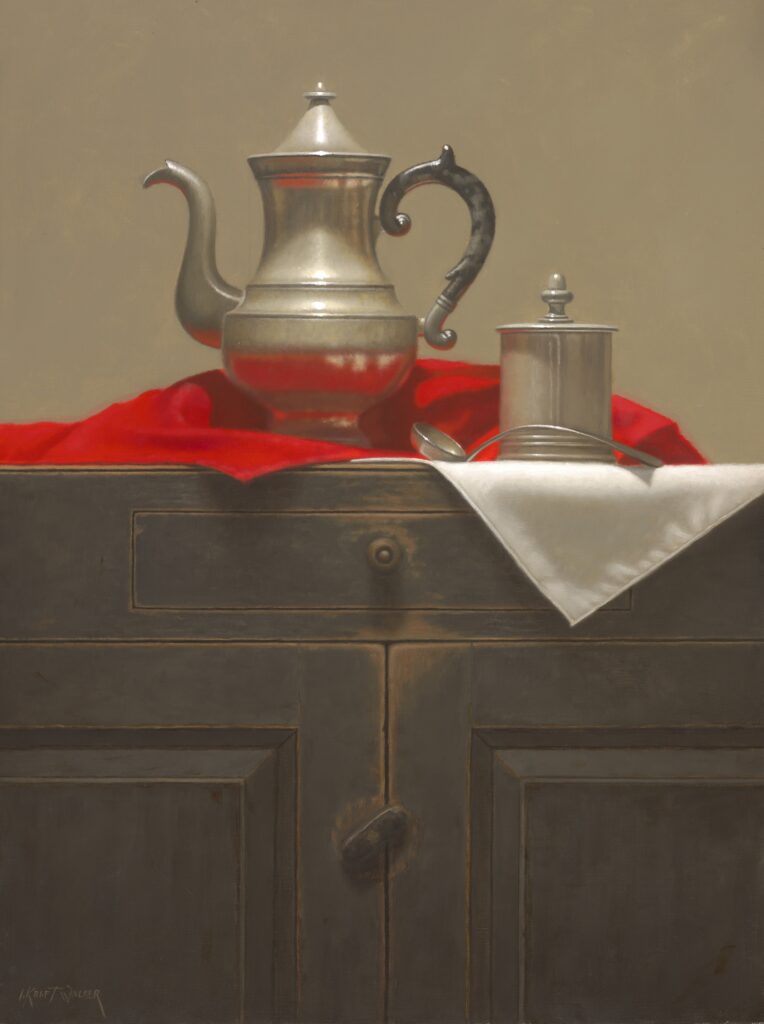
24″ × 18″ – Oil on Linen on Panel
“All efforts of worth and excellence are difficult…but its difficulty does not make us faint and cave in, it stirs us up to overcome.” Oswald Chambers
I’m finding three major components that serve to protect the sweet and deal with the bitter. Applying these three aspects can help pull us out of inactive frustration into satisfying productivity: choice, focus and discipline. These three separate actions are intertwined, mutually drawing from and strengthening the other.
From our first conscious thought in the morning we’re faced with countless choices. I usually like to head to the easel (the sweet part) early in the day when my mind is most fresh. It’s a choice to focus fully on the task at hand rather than to allow the to-do list to invade my thoughts, making them fragmented and unclear. Disciplining our thoughts is one difficult choice that keeps the mind and heart free and clear for a fire of inspiration. There is solid joy in the process, unhindered and untainted by a myriad of distracting emotions. Distraction is an enemy of success.
Late in the day, when I turn to the business side (the bitter part), I would like to have the same focus to accomplish the to-do list. I’m not very successful at this.
I’m usually fretting over the state of my painting and begin thinking I should give up and make cookies instead. Fatigue and stress are the culprits that erode peace and confidence. Discouragement knocks on the door of my mind. Far too often, I don’t make the more disciplined choice to stay positive and focused. Instead, I open the door wide, inviting discouragement to join me in a downward spiral.
It’s a proactive choice to ignore the negative and stay centered. It seems that even small successes with proper focus breed more success…we’re strengthening the muscles of our minds. Choosing discipline builds strength of focus which in turn builds powerful momentum to stay on track with our goals. This is true for both the (bitter) business side and the (sweet) creative side.
“To pay attention – this is our endless and proper work.” Mary Oliver
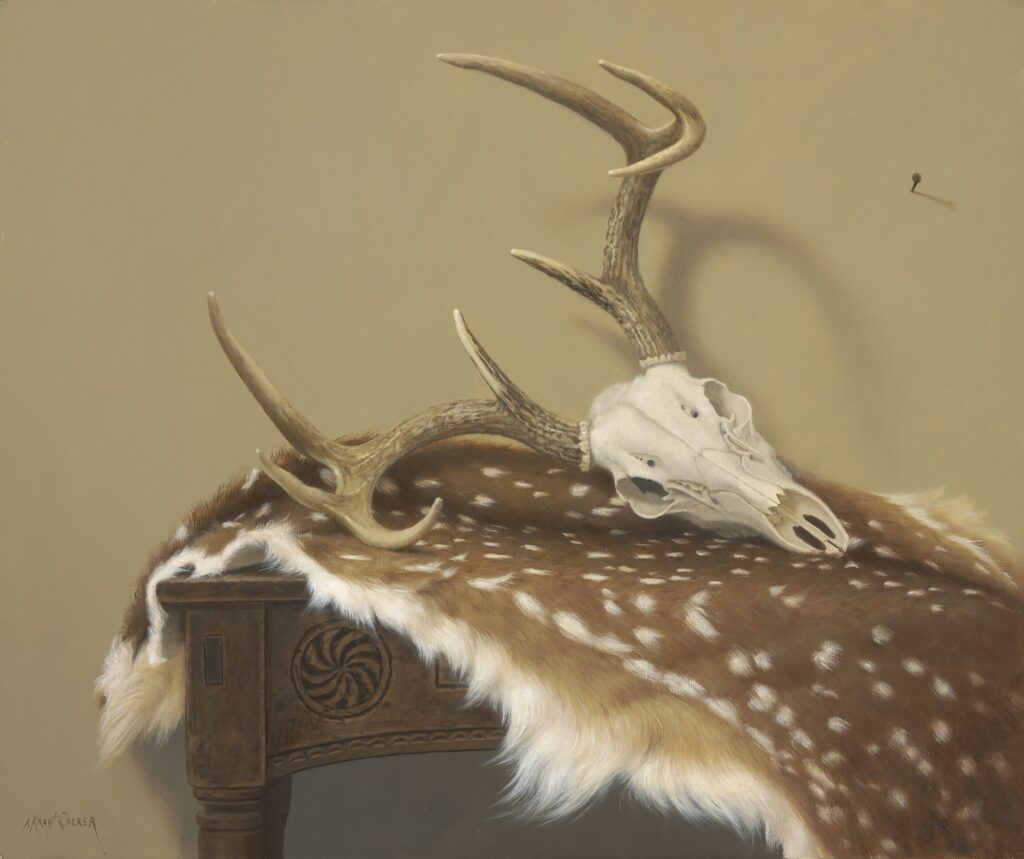
20” x 24” – Oil on Linen on Panel
I also believe the natural tension between the bitter and the sweet is necessary and needed. The bitter intensifies the sweet and allows us to appreciate it all the more. In this world, we don’t usually get unfettered sweet and it probably wouldn’t be good for us anyway. The bitter is akin to the reins on a horse bridle. It’s a bit restricting and limiting, but useful to guide the horse where we want to go. When we make the choice to focus and persevere both in the creative and business sides of our craft, we are able to thrive as artists.
Personally, I feel so blessed by God with this extravagant gift of passion for art and life. I’m not responsible for having the gift any more than I’m responsible for having brown eyes. But with the gift, comes the responsibility to steward it well. My goal is to strive to balance the bitter and sweet and do my best to develop the gift in honor of the Giver.
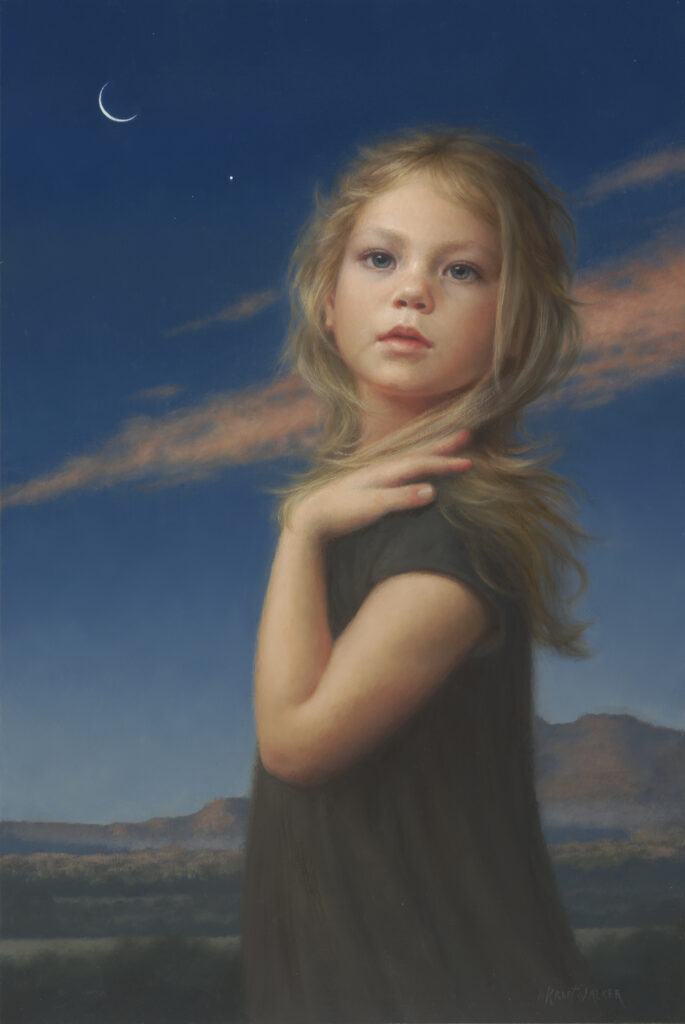
24″ × 16″ – Oil on Linen
